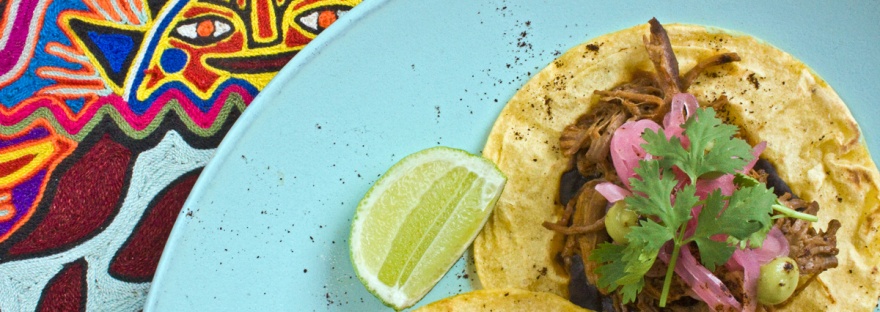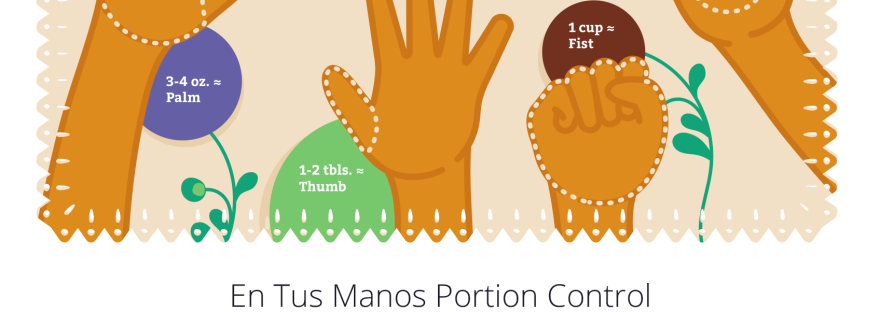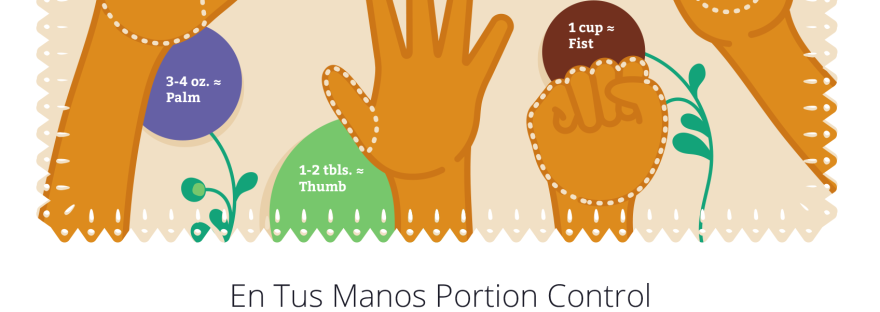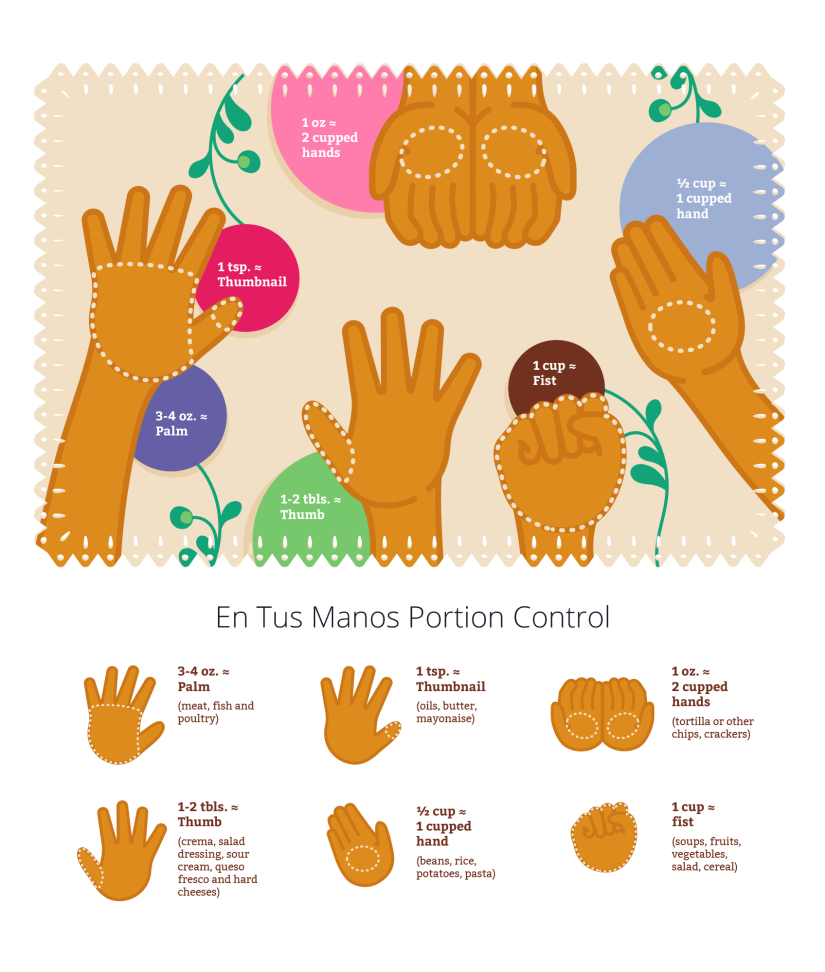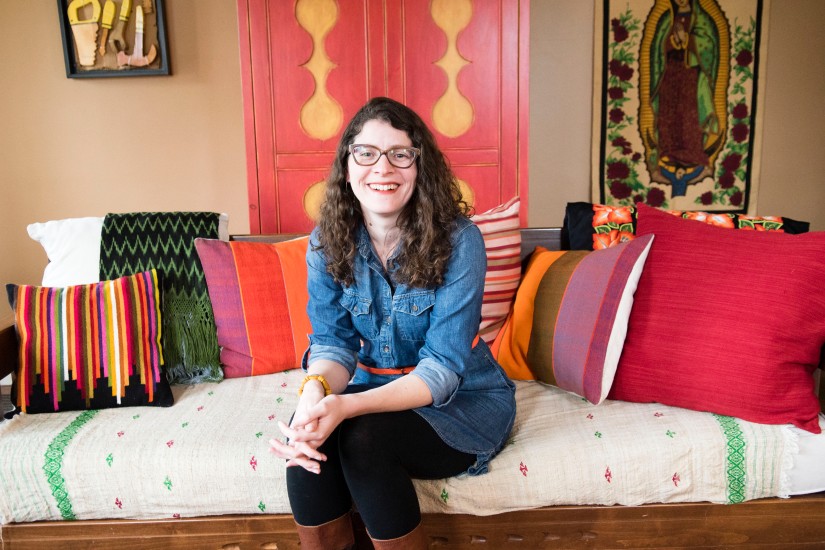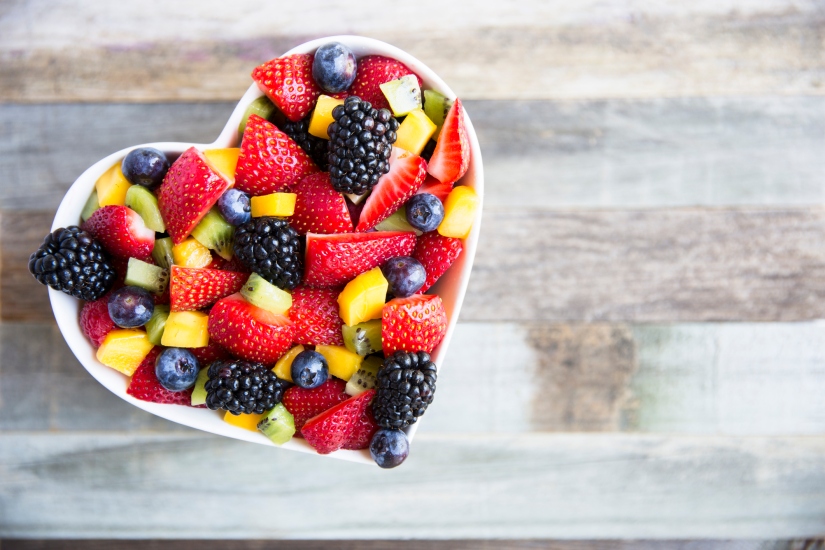
Salsa Con Todo
There is an old saying that my Tía Paqui, one of my madrinas, used to say when she cooked up a good salsa: “¡Más vale la salsa que los chicharrones!” (The salsa is worth more than the chicharrones.)
Dichos are wonderful little bits of wisdom and at De Las Mías, we love our dichos. They are mini-lessons passed on by our abuelitas, moms and madrinas. You can find thousands of dichos in the Spanish language.
The dicho, “Más vale la salsa que los chicharrones” aligns with the De Las Mías way of thinking.It means that salsa is highly valued in our kitchen culture. And in the case of chicharrones, we definitely want the salsa to be the star of the show and the chicharrón to be the supporting actor. The chicharrón is not your friend, comadre. And as my Tío Beto used to say, “Los chicharrones son muy traicioneros.” In English, this translates to “chicharrones are traitors,” (backstabbers!) They can basically kill you.
Some of us, like my sister, loves, loves, loves chicharrones. But chicharrones are firmly in the “poquitos por que son benditos,” category. You can still make a mean taco with a few chicharrones, though. You can. I’ve done it. I am speaking from experience. But let the salsa lead and postpone the heart attack.
(I’m only half kidding.)
High fat foods are killing us, comadres, and we need to dial it back. Fat makes food taste good, but salsa makes it taste GREAT! So when you’re cutting back on fat, a good way to not sacrifice flavor, not to mention, your way of life, is to liven it up with salsa!
Salsa is in our blood. Our indigenous grandmothers have been making salsas since before the Spaniards landed.
A Mini-History of Salsa
Mexican salsas originated with the Aztecs. And apparently, the Incas and Mayans were no slackers when it came to to making these tasty concoctions. (Ají, any one?) The base of a good salsa is, el chilito! You cannot have a good salsa without chiles, but the next most common ingredient is el tomate — the tomato. Both of these ingredients are native to the Americas. Salsa, of course, has evolved. For example, I am not sure when the onion showed up. But as the salsa evolved, many other healthy ingredients were added such as cilantro, parsley, epazote and other spices, and lest we forget, the heroic avocado! Today, there are hundreds of different kinds of salsas. We love fruit salsas, like mango, peach and jicama salsa.
Salsas can be raw or cooked. My own favorites are raw salsas, like Pico de Gallo with jalapeños or one good Hatch green chile, or even the humble Anaheim! But one thing is for sure, and that is that salsas are healthy foods that you can eat in great abundance and feel good about it. Get your veggies here, Comadres!
Salsa adds spice to life – le da sabor a la vida. Even a simple bottle of Cholula will brighten up your taco. And did you know that Louisiana Red Devil Sauce, la salsa del diablito, originated in New Orleans? Who knew? Here is a great article that you might find entertaining.
We love concocting recipes with native ingredients such as nopalitos, tomatoes, and chiles. Here’s a list of native foods from the Americas,these ten things that have always been here:
Finally, did you know that cranberries are native to the Americas? Cranberry salsa, anyone? Are you ready for this? Easy cranberry salsa that you could become famous for, with only 5 raw ingredients: Fresh or frozen cranberries, an orange, a fresh jalapeño, a little bunch of cilantro, and yeah, a cup of sugar. But it’s okay, in moderation, remember? And for Thanksgiving! To go with your native guajolote? (Blend it up in a food processor and you are done.)
So pile on the salsas, comadres! And have yourself some of the healthiest food you can eat, while expressing your fabulous cultura. ¿Who says Mexican food is not healthy? ¡We don’t!
Here is a list of the salsas that you can find in La Cocina — De Las Mías:
Try them with tacos, burritos, scrambled eggs, tortas, tostadas, soups, and stews. (I take a store-bought bottle of Cholula to the movies for my popcorn! Yeah, I do.)
Don’t see your favorite salsa here? Send us the recipe and we’ll send you a little something in return.
〰️
De Las Mias app is ready for download. Look for it at the Apple and Google Play Store. Follow us on Facebook and Instagram @delasmiaslife.



